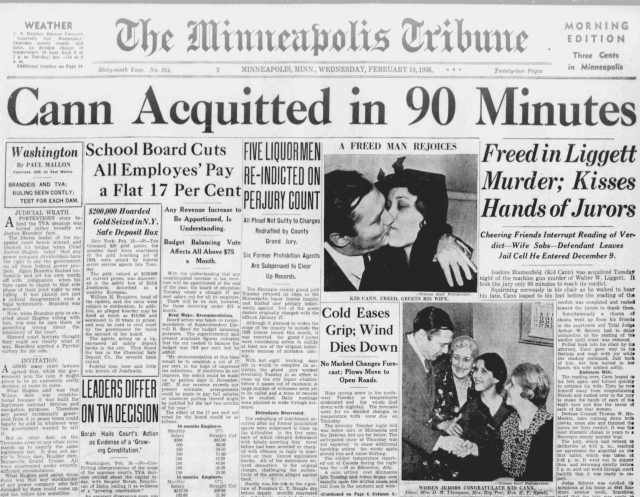An Unbiased View of News Articles
How News Articles can Save You Time, Stress, and Money.
Table of ContentsAn Unbiased View of News ArticlesIndicators on News Articles You Need To Know6 Simple Techniques For News ArticlesSome Known Details About News Articles Little Known Questions About News Articles.
Good expertise of different topics provides students an affordable edge over their peers. Although digital and social media sites are easily accessible, we must not forget just how crucial it is to review the newspapers. Moms and dads need to attempt and inculcate the behavior of reading a newspaper as an everyday routine to continue the heritage of the revered print medium.News stories additionally contain a minimum of one of the complying with vital qualities about the designated target market: proximity, importance, timeliness, human passion, curiosity, or consequence. The associated term journalese is often made use of, usually pejoratively, to describe news-style writing. An additional is headlinese. Newspapers typically abide by an expository writing style.
Within these restrictions, information stories also aim to be comprehensive. Various other variables are entailed, some stylistic and some derived from the media form. Among the bigger and much more highly regarded papers, fairness and balance is a significant factor in presenting information. Discourse is generally constrained to a separate section, though each paper might have a various general slant.
Newspapers with a worldwide target market, for instance, often tend to utilize a much more formal design of composing. News Articles.; usual design guides include the and the United States Information Style Publication.
How News Articles can Save You Time, Stress, and Money.
As a rule, reporters will certainly not use a long word when a brief one will do. They use subject-verb-object building and dazzling, energetic prose (see Grammar). They provide narratives, examples and metaphors, and they seldom depend on generalizations or abstract ideas. News writers try to avoid utilizing the very same word extra than as soon as in a paragraph (sometimes called an "echo" or "word mirror").
Nevertheless, headlines sometimes leave out the topic (e.g., "Leaps From Watercraft, Catches in Wheel") or verb (e.g., "Feline woman lucky"). A subhead (likewise subhed, sub-headline, subheading, caption, deck or dek) can be either a subordinate title under the major heading, or the heading of a subsection of the short article. It is a heading that precedes the main message, or a team of paragraphs of the main message.

Extra signboards of any of these kinds may show up later on in the article (especially on subsequent web pages) to attract additional analysis. Such billboards are likewise used as guidelines to the short article in various other areas of the magazine or website, or as advertisements for the item in various other magazine or sites. Typical framework with title, lead paragraph (summary in strong), various other paragraphs (information) and get in touch with details.

Instance of a hard-lead paragraph NASA is proposing another room job. The spending plan requests approximately $10 billion for the task.
The NASA statement came as the firm requested $10 billion of appropriations for the job. An "off-lead" is the 2nd crucial front page news of the day. The off-lead shows up either in the leading left edge, or directly listed below the lead on the right. To "hide the lead" is to start the write-up with history info or information of second value to the visitors, compeling them to learn more deeply right into a write-up than they must need to in order to uncover Recommended Reading the essential points.
Not known Facts About News Articles
Usual usage is that one or more sentences each form their very own paragraph. Reporters typically explain the Source company or structure of a news tale as an upside down pyramid. The crucial and most fascinating components of a tale are placed at the beginning, with supporting information adhering to in order of diminishing value.
It permits individuals to discover a topic to just the depth that their interest takes them, and without the charge of details or subtleties that they can consider unimportant, yet still making that information offered to much more interested readers. The inverted pyramid framework additionally makes it possible for posts to be cut to any type of arbitrary length throughout layout, to suit the room available.
Some authors begin their tales with the "1-2-3 lead", yet there are many kinds of lead offered. This layout inevitably starts with a "Five Ws" opening paragraph (as defined above), adhered to by an indirect quote that serves to support a significant element of the initial paragraph, and afterwards a straight quote to support the indirect quote. [] A twist can refer to numerous things: The last story current broadcast; a "delighted" tale to end the program.
Longer posts, such as magazine cover write-ups and the items that lead the inside sections of a newspaper, are understood as. Feature stories differ from straight information in numerous methods.
The 3-Minute Rule for News Articles
The journalist often information interactions with interview subjects, making the item extra individual. An attribute's very first paragraphs frequently relate a fascinating minute or occasion, as in an "unscientific lead". From the details of a person or episode, its sight Find Out More quickly expands to abstract principles about the story's topic. The section that indicates what an attribute is about is called the or billboard.

The Editor's Toolbox: A Referral Guide for Beginners and Professionals (2001) Allan M. Siegal and William G. Connolly. The New York Times Handbook of Style and Use: The Authorities Style Overview Utilized by the Writers and Editors of the World's The majority of Authoritative Paper (2002) M. L. Stein, Susan Paterno, and R.